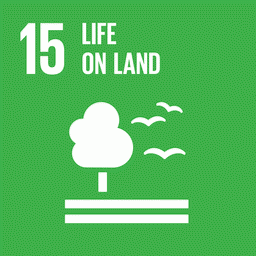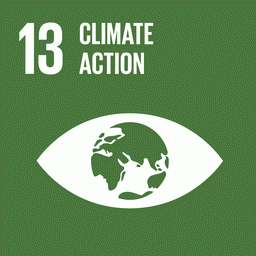The month of July showed a 15% reduction in deforestation in the Brazilian Amazon compared to the same month in 2020, according to data from the Deter system released today by INPE (National Institute for Space Research): until the 30th, 1,417 km² had been deforested in 2021, versus 1,659 km² in 2020.
With this, the total between August 2020 and July 2021 – the Brazilian government’s reference for calculating deforestation – presented a reduction of 5% compared to the previous period, as Vice-President Hamilton Mourão had said this week. The trend should be confirmed by December, with the release of the official number of annual deforestation by the Prodes system, also from INPE.
It is the first drop in three years, but there is a risk that the reduction will be intermittent, as there is no long-term structured plan to reduce forest destruction and end illegal deforestation once and for all.
However, it is necessary to warn that we have reached a new level of deforestation. When comparing Deter’s accumulated figures for the last three years (2019, 2020, and 2021) with those of the previous three years (2016, 2017, and 2018), there was an increase of 70%.
“Despite the 5% year-on-year reduction, we are still experiencing very high levels of deforestation in the Amazon,” says André Guimarães, executive director of IPAM (Amazon Environmental Research Institute). “We are at a crucial moment for the planet’s climate balance, and maintaining forests is the main contribution that Brazil can make at this time to this global challenge.”
Another issue is the observed increase in deforestation in non-designated public forests, a land category under the responsibility of the Union and the Brazilian states. In the first half of 2021, 32% of the deforestation registered by Deter took place in these areas, while 25% was registered in rural properties and 19% in settlements. “It is a clear indication of the advance of land grabbing and illegality”, explains the senior researcher at IPAM, Paulo Moutinho. “Public forests need to receive energetic actions from the government, to stop the advance on areas that by law should be protected. If not, the reduction will not be maintained.”
Cerrado
In Cerrado, a Brazilian savanna-like biome, the opposite is true. In July, deforestation in this biome rose 84% from one year to another: it went from 360 km² in 2020 to 661 km2 in 2021. Between August 2020 and July 2021, INPE’s reference year, the rate was 5,102 km² accumulated, 23% more than the previous period, when Deter saw an accumulation of 4,137 km².
INPE’s numbers confirm the upward trend already observed by MapBiomas, a multi-institutional initiative of which IPAM is a part of. In 2020, deforestation in the Cerrado rose 9%, according to a report released this year, with evidence of illegality in 99% of cases. The elevation was driven by Matopiba, a region that covers stretches of Maranhão, Tocantins, Piauí, and Bahia, and which concentrated 77% of the felled area.

